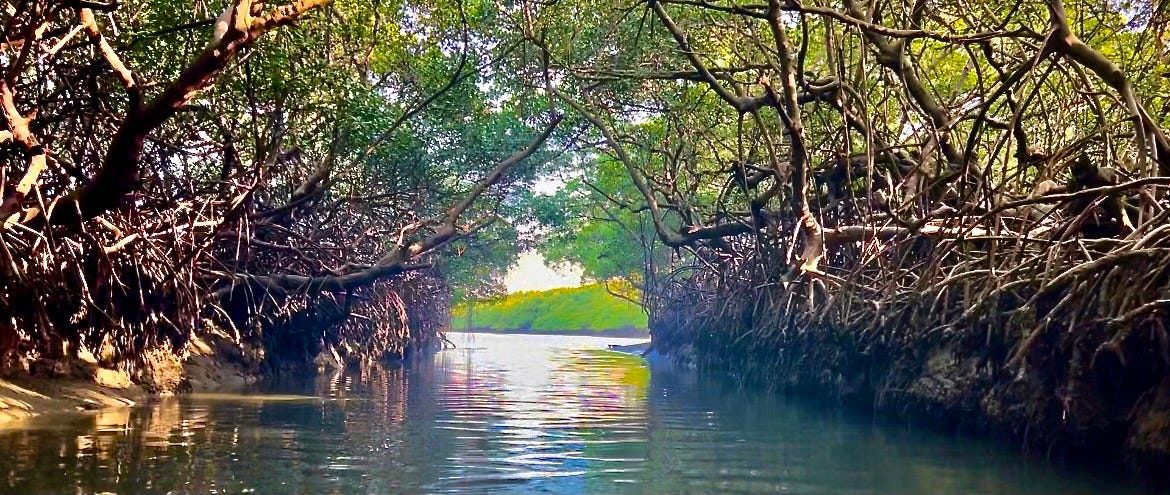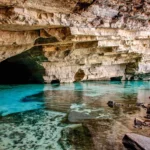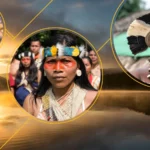Mangrove Forests: Guardians of Brazil’s Coastal Ecosystems

Along the expansive coastlines of Brazil, a silent yet crucial guardian stands sentinel – the mangrove forests. Often overshadowed by more conspicuous ecosystems, these unique coastal habitats play a vital role in maintaining the health and balance of Brazil’s coastal regions. Mangrove forests act as natural protectors, contributing to biodiversity, shoreline stability, and climate resilience.
The Importance of Mangrove Forests:
Mangrove forests are unique coastal ecosystems found in tropical and subtropical regions, where saltwater and freshwater mix. In Brazil, they thrive along the coastlines, estuaries, and river deltas, forming intricate ecosystems that are integral to the health of both terrestrial and marine environments. These verdant expanses of tangled roots and lush foliage serve as the frontlines against the challenges posed by climate change, habitat destruction, and human activities.
Biodiversity Hotspots:
Brazil’s mangrove forests are biodiversity hotspots, teeming with a plethora of plant and animal species. Adapted to saline conditions, mangrove trees, including species like Rhizophora mangle and Avicennia schaueriana, create a unique habitat that shelters various marine organisms. The nutrient-rich waters provide breeding grounds for fish, crustaceans, and mollusks, supporting fisheries and sustaining coastal livelihoods.
Coastal Protection and Shoreline Stability:
One of the primary roles of mangrove forests is their ability to act as a natural barrier against coastal erosion and storm surges. The intricate root systems of mangrove trees stabilize sediments and protect shorelines from the erosive forces of tides and waves. During storms, mangrove forests serve as a buffer, absorbing the energy of waves and reducing the impact on coastal communities and infrastructure.
Carbon Sequestration and Climate Resilience:
Mangrove forests are remarkable carbon sinks, sequestering vast amounts of carbon dioxide from the atmosphere. The dense vegetation and waterlogged soils create an environment where organic matter accumulates, locking away carbon for long periods. This not only contributes to mitigating climate change but also enhances the resilience of coastal areas by providing a natural defense against rising sea levels.
Sustainable Resource Management:
Local communities residing near mangrove forests often rely on these ecosystems for their livelihoods. Sustainable resource management practices, such as controlled harvesting of wood and non-timber forest products, can ensure that the mangrove ecosystems continue to provide essential resources without compromising their long-term health. Community-based conservation initiatives empower residents to protect and preserve these vital coastal habitats.
Challenges and Conservation Efforts:
Mangrove ecosystems face numerous threats, including deforestation, urbanization, and pollution. In Brazil, conservation efforts aim to address these challenges through the creation of protected areas, restoration projects, and sustainable land-use planning. Recognizing the importance of mangrove ecosystems, government agencies, non-profit organizations, and local communities collaborate to ensure the continued health and vitality of these coastal guardians.
Mangrove forests, often described as the “rainforests of the sea,” are indispensable to Brazil’s coastal ecosystems. Their multifaceted contributions, from biodiversity support to shoreline protection and carbon sequestration, underscore the critical role they play in maintaining the delicate balance of coastal environments. As stewards of these valuable ecosystems, it is our collective responsibility to recognize and safeguard the mangrove forests that stand as guardians along Brazil’s shores, ensuring their sustainability for future generations.

